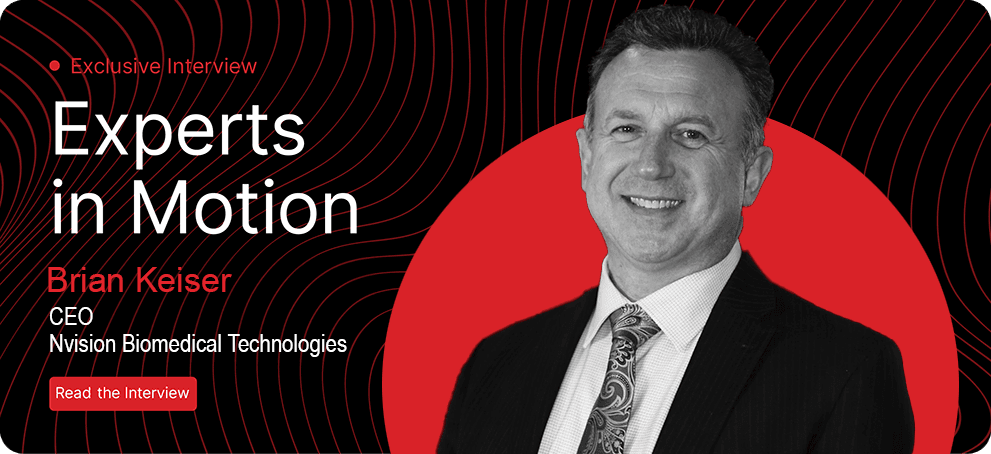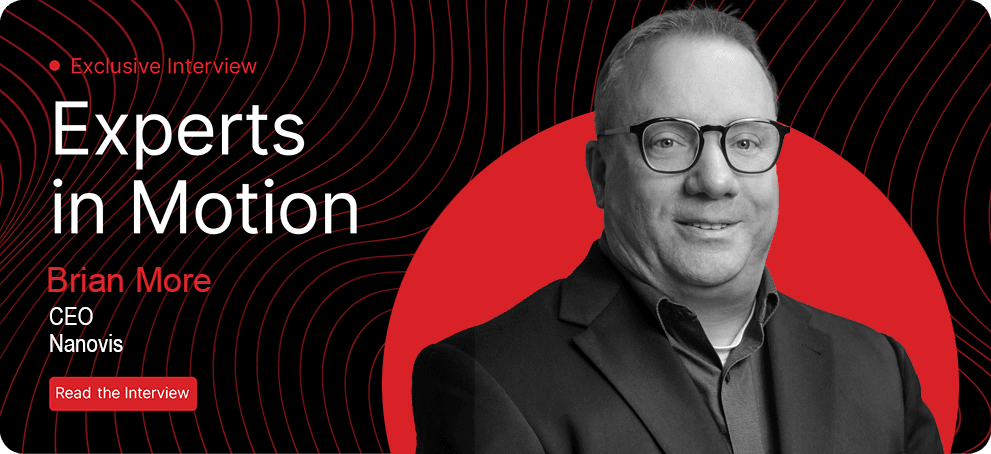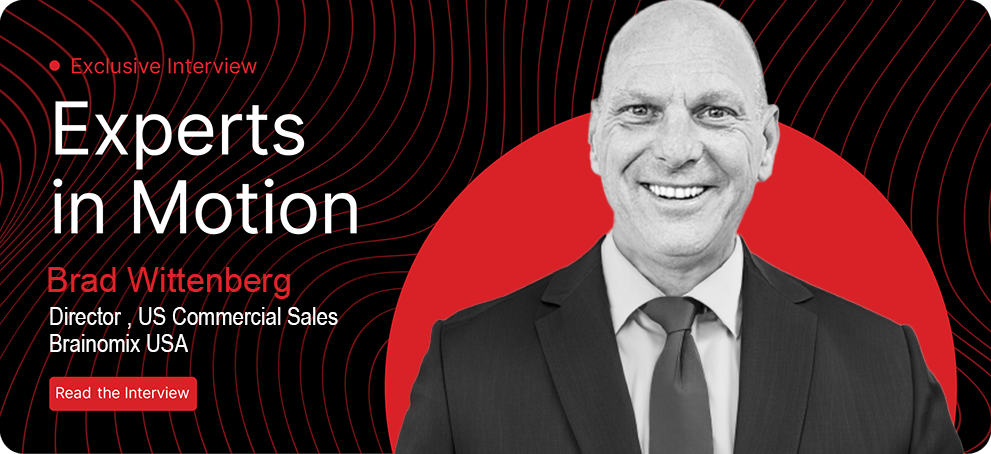UX Unveiled: How Simple Tweaks Can Skyrocket Your MedTech Marketing ROI on Websites

The medical technology (MedTech) industry is experiencing a revolution. Not just in the development of cutting-edge devices and breakthrough treatments, but also in how these innovations are presented to the world. In this digital age, MedTech companies are turning to their websites as primary platforms for marketing. And within this sphere, the role of User Experience (UX) is emerging as a silent game-changer. So, I wanted to share what I have learned over the last nine years on how nuanced UX improvements can substantially boost the Return on Investment (ROI) for MedTech marketing campaigns.
Understanding the MedTech User
The first step in any successful UX design is understanding the user. For MedTech websites, users can range from healthcare professionals, researchers, patients, and even investors. Each has unique needs and expectations. For instance, while a doctor might be searching for technical specifications and efficacy data, a patient might be more interested in safety profiles and user testimonials.
The Power of Intuitive Navigation
MedTech websites often house a plethora of information. A well-structured, intuitively designed navigation bar can guide users effortlessly to the information they seek. Reducing the number of clicks it takes for a user to reach their destination not only enhances their experience but also increases the chances of conversion.
Interactive Product Demonstrations
MedTech devices can be intricate. Instead of lengthy textual descriptions, incorporating interactive 3D models or video demonstrations can provide users with a hands-on feel. This not only simplifies complex concepts but also engages users, making them spend more time on the site—a key metric influencing search engine rankings.
Streamlining the Conversion Path
Whether it’s downloading a whitepaper, signing up for a webinar, or making an inquiry about a product, the end goal of many MedTech marketing campaigns is conversion. Optimizing call-to-action buttons, simplifying forms, and ensuring a smooth, glitch-free experience can dramatically increase conversion rates.
Building Trust Through Design
Trust is paramount in the healthcare industry. A MedTech website’s design should exude professionalism, reliability, and transparency. This includes clear data presentation, showcasing certifications, using authentic images over stock photos, and incorporating user testimonials and case studies.
Adapting to Mobile UX
Healthcare professionals, often on the move, increasingly access MedTech content on mobile devices. Ensuring the website is responsive and offers a seamless mobile UX is no longer a luxury—it’s a necessity.
Feedback Integration for Continuous Improvement
MedTech is an ever-evolving field. Similarly, the UX of a MedTech website should be fluid, incorporating user feedback and adjusting to new trends. Utilizing tools like heat-maps and session replays can offer insights into user behavior, highlighting areas for improvement.
Engaging Through Educational Content
MedTech innovations can sometimes be groundbreaking to the point of being hard to grasp for the average user. Incorporating a dedicated educational section with easy-to-understand articles, infographics, and videos can demystify complex topics. Not only does this position the company as a thought leader, but it also enhances the site’s SEO, driving organic traffic.
Conclusion
The MedTech industry, with its intricate technologies and vast potential audience, requires a nuanced approach to online marketing. In this realm, UX stands out as a pivotal factor determining the success of a marketing campaign. Simple tweaks, be it in navigation, content presentation, or mobile optimization, can substantially influence a website’s effectiveness.
In an age where digital impressions often precede physical interactions, MedTech firms must recognize and harness the unparalleled power of UX. After all, a well-crafted user experience isn’t just about aesthetics—it’s a strategic tool that can significantly elevate marketing ROI.
To hear more from John and other MedTech Marketing experts, follow us on LinkedIn.













